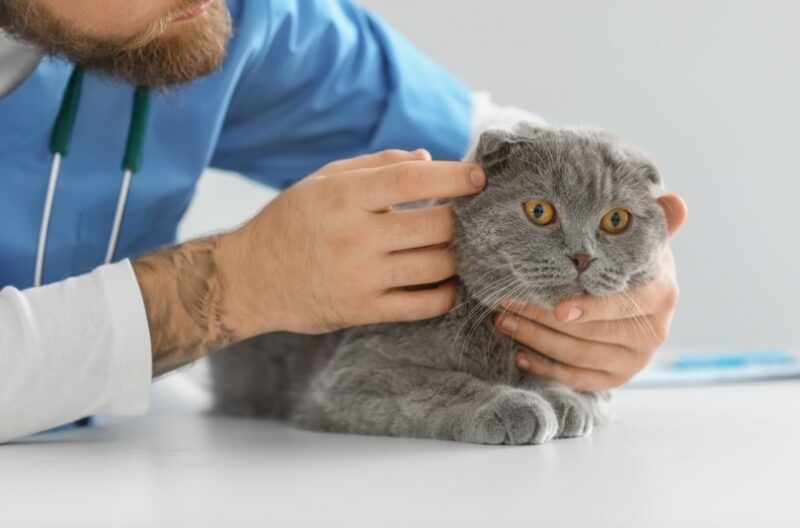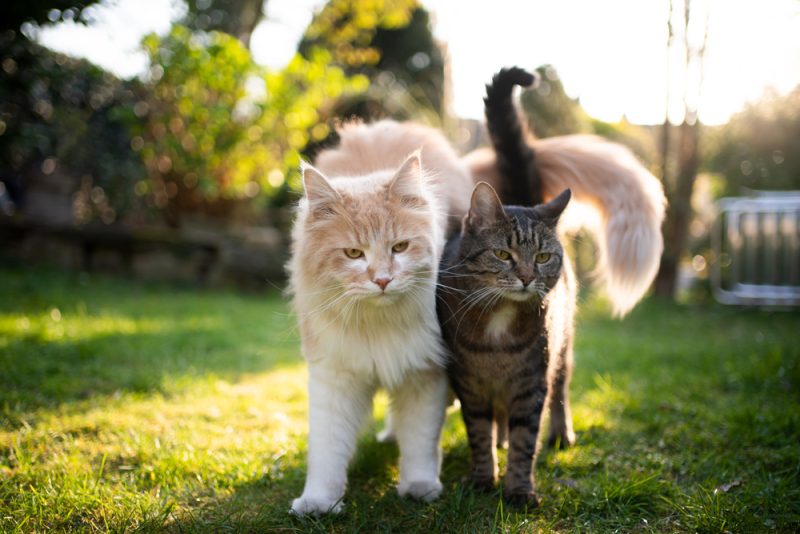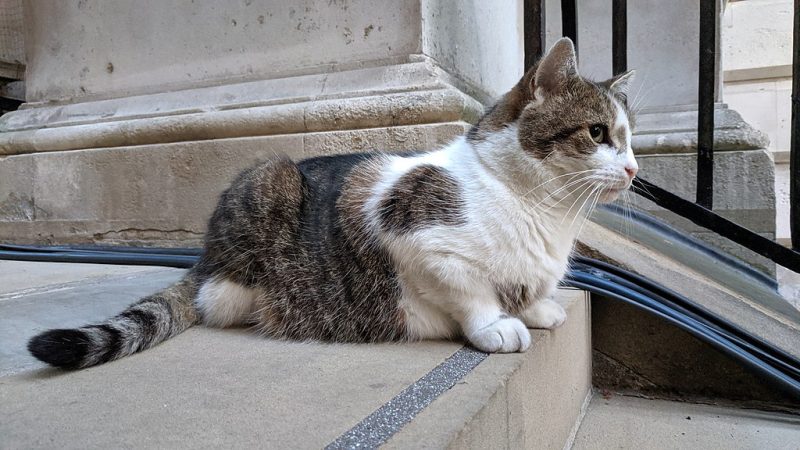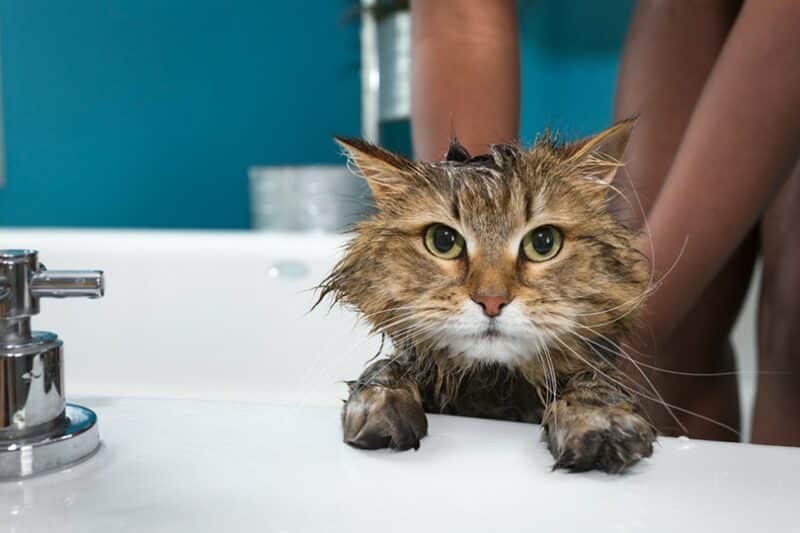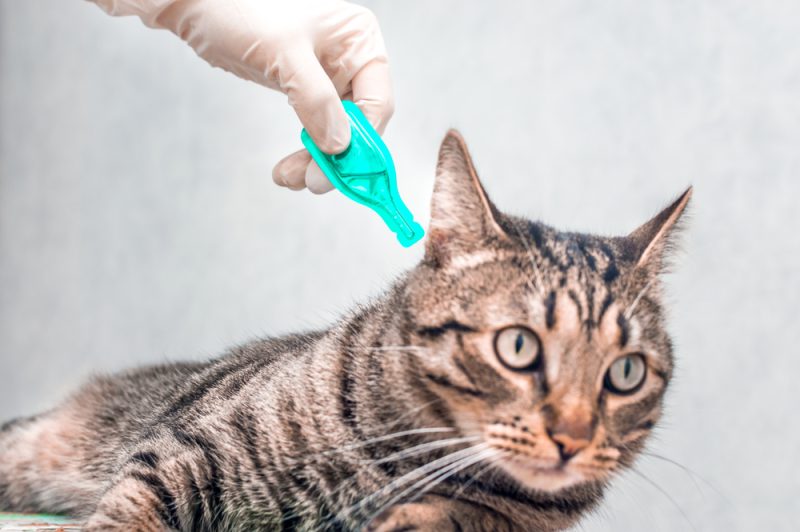A cat’s vital signs can help determine how the feline is doing, as well as point out any potential problems. For instance, if a cat’s heart rate is too fast or too slow, it may indicate an underlying issue.
Of course, you have to know how to read a cat’s vital signs to use them in this manner. Veterinarians are trained to read cats’ vital signs and should be sought out if you believe there is something wrong with your cat. However, it may also be helpful for owners to know what to look for.
Knowing what normal ranges are can help you understand what a vet says when at the office. Generally, normal vital signs for cats mean having a temperature between 100°F and 102.5°F (38.1°C and 39.2°C), a heart rate between 160 to 210 beats per minute (bpm), and a respiratory rate of 20-30 breaths per minute. Furthermore, being able to check a cat’s vital signs can help you determine if they need veterinary assistance or not.

How Does It Work?
Vital signs measure the body’s basic functions. For instance, temperature, heart rate, and respiratory rate are all included in “vital signs.” By looking at these measurements, veterinarians can help determine a cat’s health and diagnose underlying issues. Certain diseases will affect certain vital signs and not others, which can help the vet narrow down what is wrong with the cat.
Furthermore, certain conditions may change a vital sign in a specific way. A high heart rate may indicate something different than a low heart rate, for instance.
Plus, vital signs are relatively easy to measure and can be measured fairly quickly. They don’t require any complicated procedure and are often included in the base cost for the vet visit. Therefore, they’re often used as a starting point to determine what the possible diagnosis could be.
If you need to speak with a vet but can't get to one, head over to PangoVet. It's an online service where you can talk to a vet online and get the advice you need for your pet — all at an affordable price!

What Are the Different Vital Signs in Cats?
There are many different vital signs that a veterinarian or owner can check. All of these vital signs may not be checked all the time. Sometimes, there are a few vital signs that are obviously abnormal, and tell the vet what is wrong.
- Temperature: Temperature is one of the easiest and most telling vital signs, so it is often checked whenever an animal visits the vet (even if the animal isn’t sick). A healthy cat’s temperature should be between 100 and 102.5 degrees°F (38.1°C and 39.2°C). The temperature is measured in the ear or rectum—not in the mouth.
- Heart rate: A cat’s normal heart rate is between 160 to 210 beats per minute (bpm). The average is around 195 bpm. The heart rate is often checked by feeling for a pulse on the inside of the cat’s rear leg. Vets also use a stethoscope, which lets them hear the heart.
- Respiratory rate: Cats breathe between 20 to 30 times a minute. This vital sign is easy to measure, as you simply need to count all the breaths a cat takes (by looking at their chest) in one minute.
How Are Vital Signs for Cats Used?
Vital signs are used to see how a cat’s body is doing at any given moment. They give the vet a look at the cat’s general health and well-being. Because they’re easy to check, they’re usually checked before any other, more invasive tests. Vital signs are also used to monitor a cat that’s already diagnosed, as they could signal if the cat is getting better or worse.
Anything outside of the normal range is often considered abnormal. However, it does depend on the specific cat. A cat that’s stressed due to being at the vet may have a higher heart rate without it being considered abnormal.
Vital signs can help identify any changes in an animal’s health. For instance, during surgery, a cat’s vital signs are monitored to ensure everything is going smoothly. They can help the vet spot problems before they become serious. Vital signs can also help vets evaluate how an animal is responding to treatment and monitor the course of a disease over time.

 Frequently Asked Questions
Frequently Asked Questions
What are some common diseases or conditions that affect vital signs?
- Infections: Infections lead to a fever, increased heart rate, and respiratory rate. They can also affect the color and moisture of mucus membranes in felines.
- Dehydration: Dehydration can cause increased heart rate and respiratory rate. It may also cause poor skin elasticity and low blood pressure. Dehydration can be caused by underlying illnesses and conditions.
- Respiratory distress: If the cat cannot breathe properly, their respiratory and heart rate may increase or decrease.
- Tapeworms: These parasites often have no effect on the cat’s vital signs. However, some cats may have changes in temperature, heart rate, respiratory rate, or blood pressure (usually at-risk cats and kittens).
- Heart Disease: Heart disease is a condition that prevents the heart from pumping blood efficiently. It’s caused by many different conditions. It affects the cat’s heart rate, blood pressure, respiratory rate, oxygen saturation, and mucous membrane color.
- Neurological Conditions: Any conditions that affect the brain can also affect a cat’s vital signs. The brain controls the rest of the cat’s body, potentially leading to systematic problems.
Why Are Vital Signs Important for Cats?
Checking the vital signs is a noninvasive way for a vet (or an owner) to detect problems with a cat’s body. Certain conditions will affect certain vital signs, which are easy to pick up by those trained to do so. These vital signs can tell if something is wrong with a cat, possible diagnoses, and what other tests may be necessary.
Furthermore, vital signs can also help determine if a cat is recovering and responding to treatment. During surgeries, vital signs are used to ensure the cat is responding to the surgery okay. Problems can be picked up early when vital signs are monitored.

Conclusion
Cat vital signs are very similar to those used in humans. However, the normal ranges are a bit different. For instance, cats tend to run a lot warmer than humans. By monitoring a cat’s vital signs, vets can determine if there is anything wrong with them, how they’re responding to treatment, and potentially diagnose underlying issues.
Vital signs are easy to check for, which is why they are commonly used. They can tell a vet what’s going on in a cat’s body without using more invasive tests. Therefore, vital signs are often used to narrow down what may potentially be wrong with the cat, which helps the vet determine which tests to run.
Featured Image Credit: Pixel-Shot, Shutterstock
